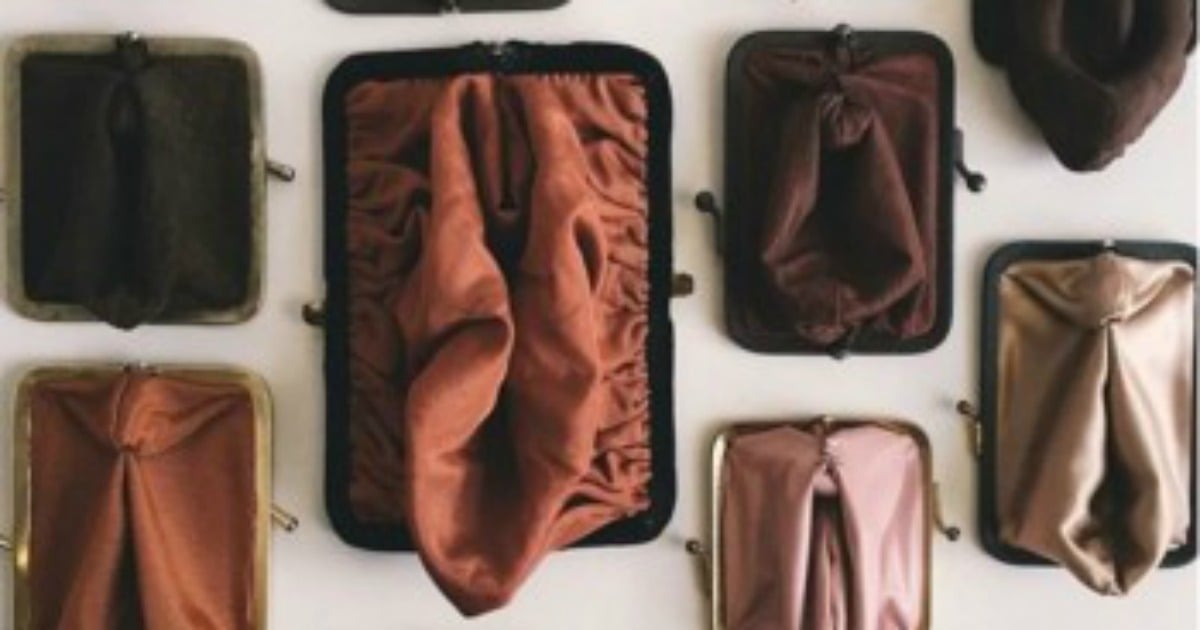


For some people, the labia minora – which means “small” or “less” in Latin–are actually the larger set of lips. The labia majora surround the labia minora (the inner lips of the vulva). The hair-covered labia majora are also fatty, and their size, color and shape differ considerably among people. The fatty tissue of the mons pubis also continues between your legs to form two labia majora, the outer lips of the vulva. The anus is the outside opening of the rectum (the end of the large intestine, or colon). You can feel the pubic bones beneath the mons pubis.Īs you spread your legs, you may see in the mirror that the hair continues between your legs and probably around your anus. This is the joint of the pubic bones, which are part of the pelvis, or hip girdle. Pubic hair usually covers the soft fatty tissue called the mons (also mons veneris, mound of Venus, or mons pubis). Unless you shave or wax around your vulva, the most obvious feature is often the pubic hair, the first wisps of which are one of the early signs of puberty. Only the opening of the vagina (introitus) can be seen from the outside, and even then only if you spread your legs wide apart. The vagina, also known as the birth canal, is inside your body. People often confuse the vulva with the vagina. The vulva includes the mons pubis (Latin for “pubic mound”), labia majora (outer lips), labia minora (inner lips), the external portions of the clitoris, and the external openings of the urethra and vagina. Vulvaįirst, you will see your vulva - all the external organs you can see outside your body. If you’re having a hard time seeing, try aiming a flashlight at your genitals or at the mirror. If you’re uncomfortable in that position, sit as far forward on the edge of a chair as you comfortably can, separate your legs, and place the mirror between them. Try squatting on the floor and putting the mirror between your feet. Make sure you have enough time and privacy to feel relaxed. The following descriptions will be much clearer if you look at your genitals with a hand mirror while you read the text. Regardless, becoming familiar with your own body can help you to learn what is normal for you. For example, if you’re intersex, or if you’ve experienced female genital cutting and/or other kinds of sexual trauma, your genitals may look and feel different than this description. Some of what is described may or may not be an accurate description of your body or its parts. There is a wide range that is considered normal, and what is described here is just what is the most common. The appearance, shape, size, particular arrangement and even the proportions of genitals vary from person to person as much as the shape and size of other body parts. This article looks at the structure (anatomy) and function (physiology) of the vulva and vagina. This content is adapted from an earlier article by Our Bodies Ourselves Anatomy & Menstruation Contributors. Edited by Our Bodies Ourselves Today Sexuality Content Experts, July 2022


 0 kommentar(er)
0 kommentar(er)
